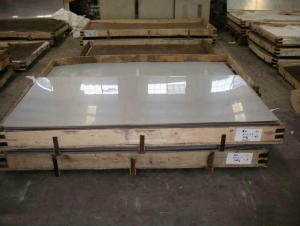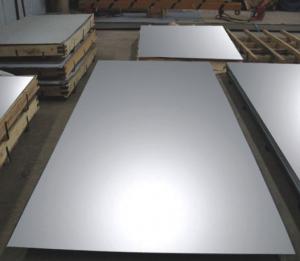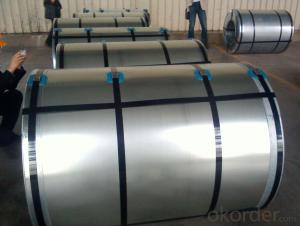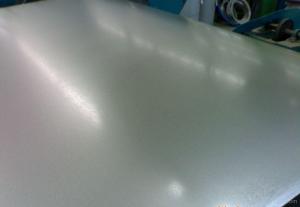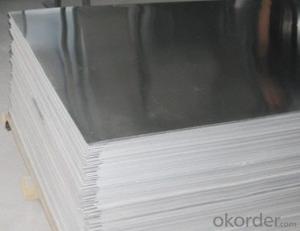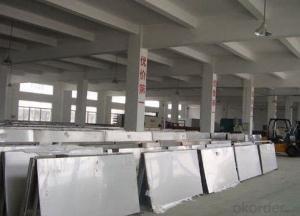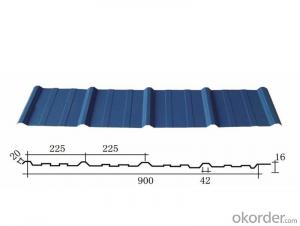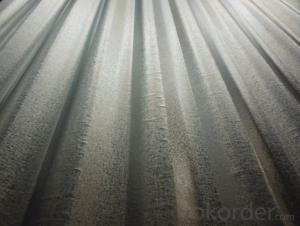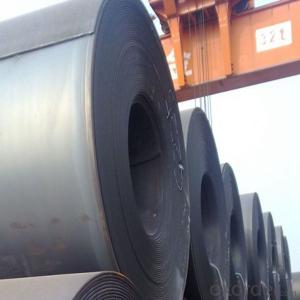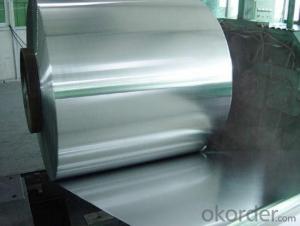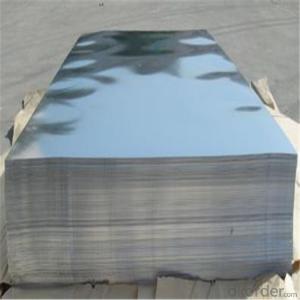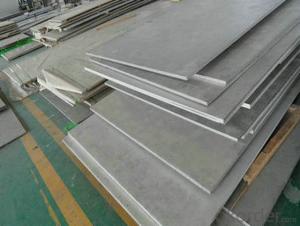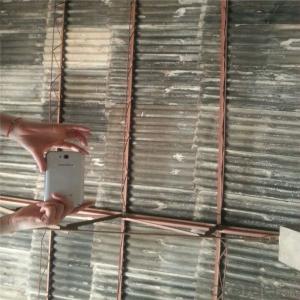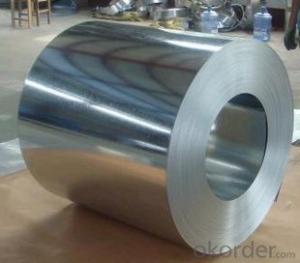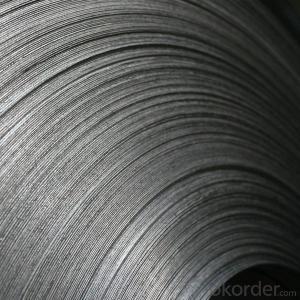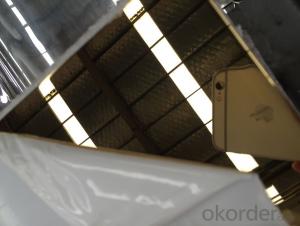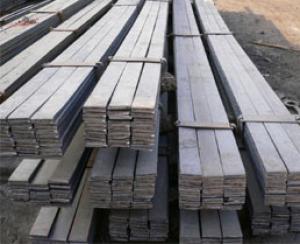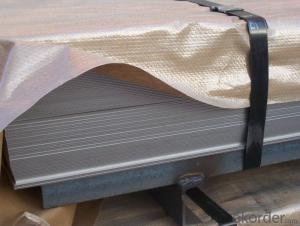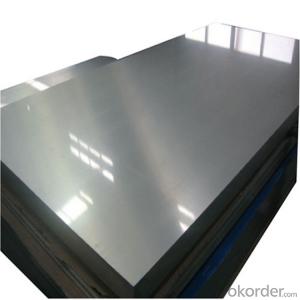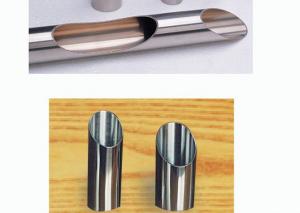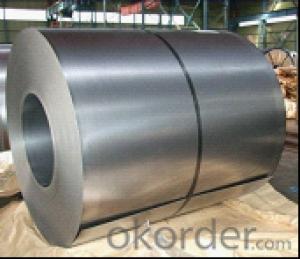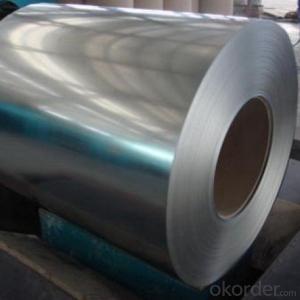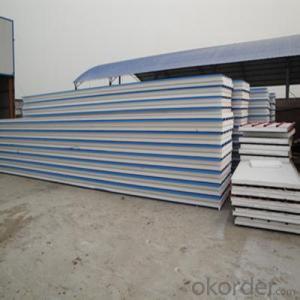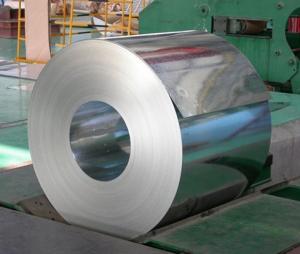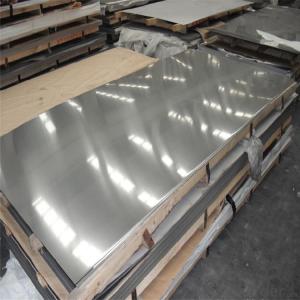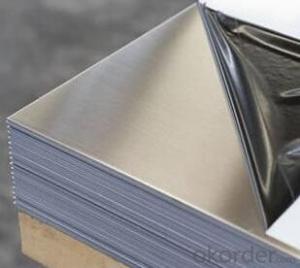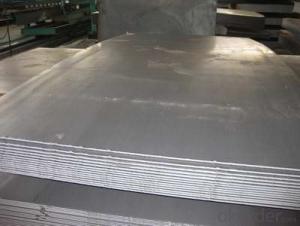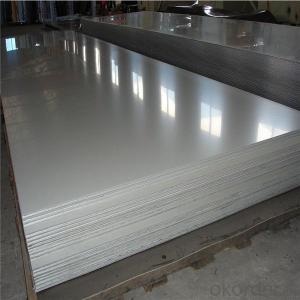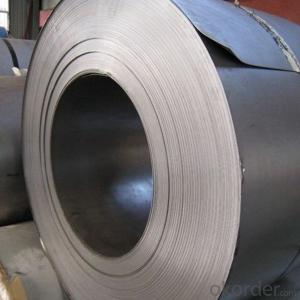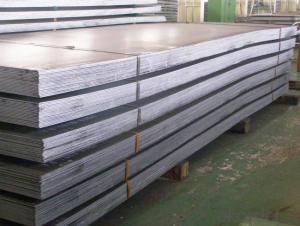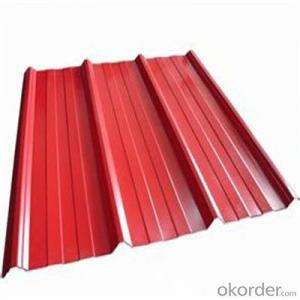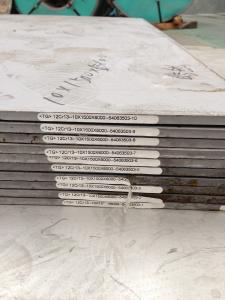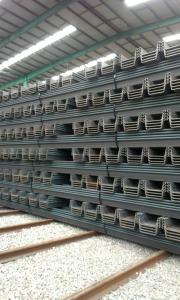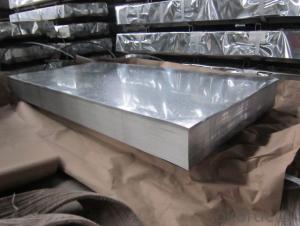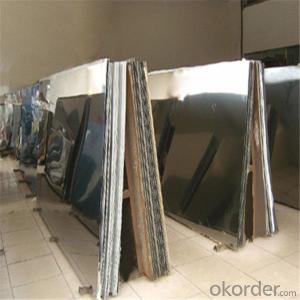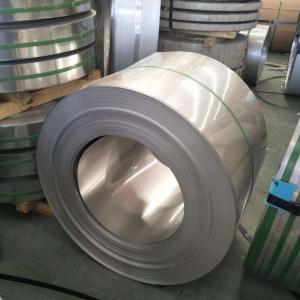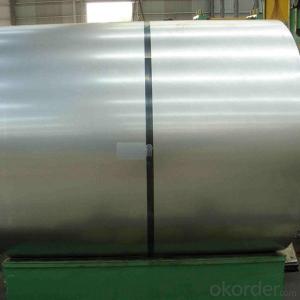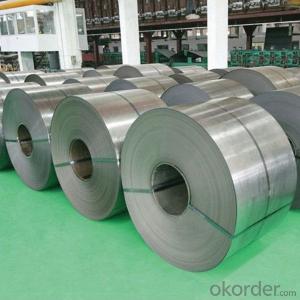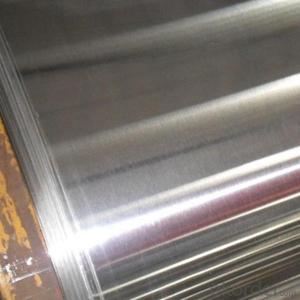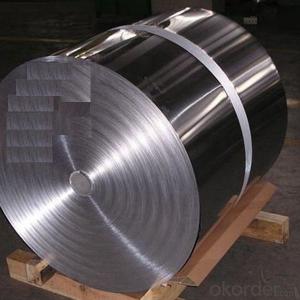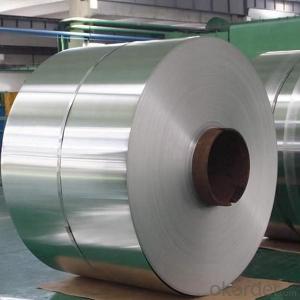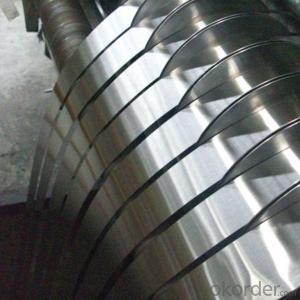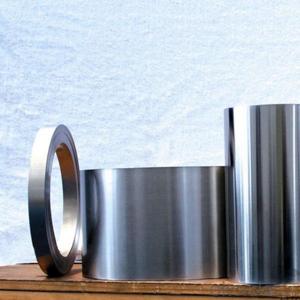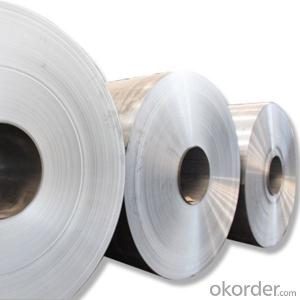Stainless Steel 4x8 Sheets
Stainless Steel 4x8 Sheets Related Searches
Stainless Steel Sheets 4x8 Stainless Steel 4x8 Sheet 4x8 Stainless Steel Sheet 4x8 Sheet Of Stainless Steel 4 X 8 Sheet Of Stainless Steel 4x8 Stainless Steel Sheet Price 4X8 Metal Sheets 4X8 Styrofoam Sheets 1 8 Stainless Steel Sheet Galvanized Steel Sheet 4x8 Sheet Metal Sheets 4X8 4X8 Sheet Aluminum Plastic Sheets 4X8 Hard Plastic Sheets 4X8 1/8 Stainless Steel Sheet 4X8 Tin Sheets Polypropylene Sheets 4X8 4 X 8 Styrofoam Sheets Plexiglass Sheets 4X8 Clear Plastic Sheets 4X8 Sheet Metal 4X8 4X8 Galvanized Sheet Metal 4 X 8 Tin Sheets Diamond Plate Aluminum Sheets 4X8 Galvanized Sheet Metal 4X8 Aluminum Tread Plate Sheet 4x8 Thin Stainless Steel Sheets 4 By 8 Plastic Sheets Aluminum Diamond Plate 4x8 Sheet 22 Gauge Sheet Metal 4X8Stainless Steel 4x8 Sheets Supplier & Manufacturer from China
Stainless Steel 4x8 Sheets are premium metal sheets known for their durability, corrosion resistance, and versatility. These sheets are made from high-quality stainless steel, which is an alloy that contains a minimum of 10.5% chromium. The chromium content provides a protective oxide layer on the surface, which prevents rust and other forms of corrosion, making it an ideal material for various applications.Stainless Steel 4x8 Sheets are widely used in various industries due to their strength, workability, and aesthetic appeal. They are commonly employed in construction, automotive, food processing, and aerospace industries, among others. These sheets can be easily fabricated into different shapes and sizes, making them suitable for a wide range of applications, such as countertops, backsplashes, exterior cladding, and decorative elements. Their resistance to corrosion and staining makes them a popular choice for both indoor and outdoor use.
Okorder.com is a leading wholesale supplier of Stainless Steel 4x8 Sheets, offering a vast inventory of this product to cater to the needs of various industries. They pride themselves on providing high-quality materials at competitive prices, ensuring that customers receive the best value for their investment. With their extensive selection and commitment to customer satisfaction, Okorder.com is the go-to source for Stainless Steel 4x8 Sheets.
Hot Products
